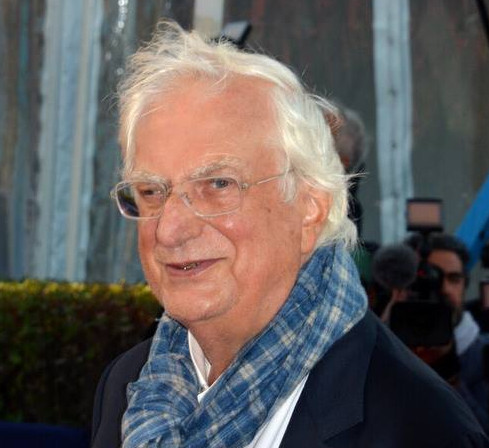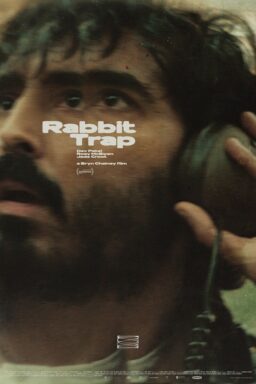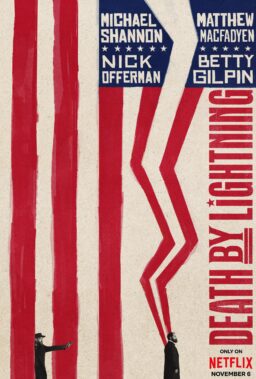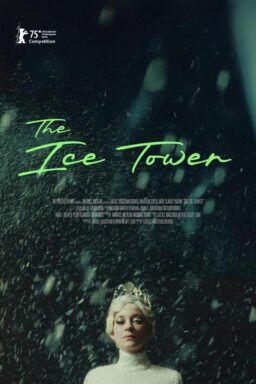Thumbnails is a roundup of brief excerpts to introduce you to articles from other websites that we found interesting and exciting. We provide links to the original sources for you to read in their entirety. This special edition of Thumbnails celebrates Bertrand Tavernier.
1.
“The Passenger: Bertrand Tavernier on “My Journey Through French Cinema”: Our Steve Erickson interviewed Tavernier about his 2017 documentary.
Every movement, when they are doing great films, are revolutionaries. Renoir and Duvivier, in the ‘30s, were revolutionaries. Bresson was incredibly revolutionary. The New Wave, in a way, was revolutionary because it brought the cinema of the first person, but the British had done that first: Karel Reisz, Lindsay Anderson. Michael Powell was a revolution in himself. They brought things, but there were also subjects they never dealt with, contrary to the directors before then. They were not interested in history, period films or the politics of the time. They were not interested by everything about women. The only films dealing with abortion from that period were made by Claude Autant-Lara. They were doing a certain kind of film but they were forgetting things that were dealt with before them. In the mid ‘50s, the French cinema was stiff, heavily written and studio bound. But even Rene Clement was shooting in the streets of London four years before the New Wave with “Monsieur Ripois” and had done that in 1944 with “La Bataille du Rail.” It’s very difficult to say those people were the first, but at least they opened windows. At the same time, the working-class do not exist in their films. They did exist in Becker and Duvivier films. The Paris of the poor isn’t present. The settings in the New Wave films are very chic, except maybe Agnes Varda and Alain Resnais, who were in the movement but not really New Wave. The things they lost were brought back by the generation after the New Wave, who took everything that was good about it—freedom with the camera, live sound, shooting on location—and brought back shooting in the provinces, like Marcel Pagnol was doing in the ‘30s.

2.
“Tavernier Looks Beyond Usual Suspects”: In 2003, Roger interviewed the director about his film “Safe Conduct.”
“They thought that by telling the story of the people who tried to be brave in 1942, I was attacking the New Wave,” Tavernier said. “That is totally mad. I’ve been a great defender of the New Wave. I was the press agent of Jean Luc Godard; I worked on films of Claude Chabrol, of Agnes Varda, of Jacques Demy, of Jacques Rivette. But I did a film which is about work, about the people who tried to do films during the Occupation. And working there meant that you could become a collaborator, or you could avoid collaborating. And it was harder for the bottom people.”

3.
“Round Midnight“: Back in 1986, Roger gave 4 stars to this Tavernier classic.
That seemingly very slight gesture – a fan trying to help the man he admires – is the heart of “Round Midnight.” This is not a heavily plotted movie, one of those musical biographies weighted down with omens and light on music. It is about a few months in a man’s life, and about his music. It has more jazz in it than any other fiction film ever made, and it is probably better jazz; it makes its best points with music, not words.

4.
“The Princess of Montpensier“: In 2011, Roger gave 3 1/2 stars to this period piece by Tavernier.
Bertrand Tavernier’s career has been a celebration of many kinds of films. He began in 1974 with “The Clockmaker,” one of the best films ever made from a Simenon novel, and has made films about war (“Coup de Torchon“), jazz (“Round Midnight”), biography (“Daddy Nostalgia” with Dirk Bogarde), an old artist (“A Sunday in the Country“), young cops (“L. 627”) and French filmmaking under the Nazis (“Safe Conduct“). He is one of the most prolific and generous of directors, and there is no word that summarizes a “Tavernier film,” except, usually, masterful.

5.
“The Clockmaker“: In 1976, Roger gave 4 stars to Tavernier’s thriller.
The film ends with a quiet, understated reconciliation between father and son. Here, as everywhere else in the film, director Bertrand Tavernier has total faith in his characters. He neither tells us too much nor too little; he looks at them, as Simenon himself so often does, with straightforward acceptance and compassion. “The Clockmaker” is an extraordinary film – the more so because it attempts to show us the very complicated workings of the human personality, and to do it with grace, some humor and a great deal of style.

6.
“A Sunday in the Country“: Roger celebrated Tavernier’s 1986 film in this Great Movies essay.
And there are many more. His work is an abundance of invention and generosity, and in a way the opposite of the auteur theory that he once supported, since Tavernier never forces himself or a style upon us.
If there is a common element in his work, it is his instant sympathy for his fellow humans, his enthusiasm for their triumphs, his sharing of their disappointments. To see the work of some directors is to feel closer to them. To see Tavernier’s work is to feel closer to life.

7.
“Au Revoir, Bertrand Tavernier”: A fond remembrance by Leonard Maltin.
He loved making movies and even got to work with his son and daughter on films that drew on their life experiences. Many of his later movies were barely shown in the U.S., but I liked every one I saw, even the flawed feature he disowned, In the Electric Mist, his first American-made feature. He tried to work on films that fired his enthusiasm, like L.627, a gritty, satiric look at a police drug-busting unit in Paris, and Safe Conduct, a passion project about filmmaking during the French Occupation based on real-life stories he had gathered from veterans of the period. Even when he agreed to take the reins on a purely commercial film like Revenge of the Musketeers he made changes to the screenplay and cast his son Nils in a supporting role. It gave him a chance to work with the beautiful French star Sophie Marceau and his favorite actor, Philippe Noiret, who appeared in Bertrand’s debut film.











